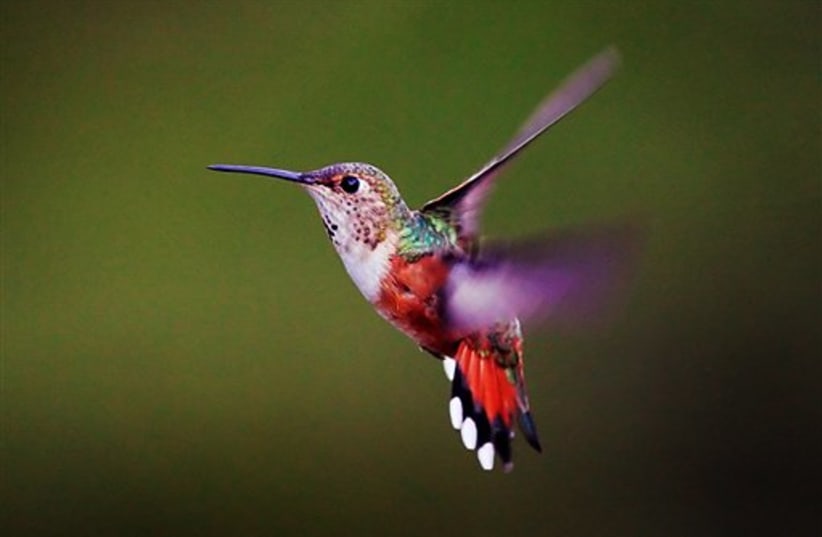The 120-million-year-old fossilized skeleton of a bird that lived during the time of the dinosaurs was unearthed by scientists from the University of Texas at Austin and the Institute of Vertebrate Paleontology and Paleoanthropology (IVPP) of the Chinese Academy of Sciences, who published their findings in the peer-reviewed Journal of Anatomy earlier this month.
According to EurekAlert, the bird, which the researchers named Brevirostruavis macrohyoideus, had curved bones for its tongue, suggesting that it had an elongated tongue that it used to retrieve food and move it around its mouth, much like woodpeckers and hummingbirds.
The researchers believe that like those contemporary species of birds, this bird may have used a long, bony tongue to catch insects in hard-to-reach spaces such as holes in trees or extract pollen or nectar from plants.
B. macrohyoideus was a member of the extinct group of birds enantiornithines, which were ubiquitous during the Cretaceous Period, 66-145 million years ago.
One of the study's co-authors, Dr. Wang Min of the Key Laboratory of Vertebrate Evolution and Human Origins at the Institute of Vertebrate Paleontology and Paleoanthropology, Chinese Academy of Sciences, explained the significance of the discovery.
"We see a lot of variation in the size and shape of the skulls of enantiornithine birds and that probably reflects the great diversity of the foods they ate and how they caught their food. Now with this fossil, we see that it's not just their skulls, but their tongues that also vary," said Dr. Wang Min, co-author of the study.
The findings shed new light on the evolutionary processes of these prehistoric birds.
"Perhaps the only way for them to fundamentally change through evolution how they caught their food and what food they ate was to shorten their skull in this case and to make the tongue bones much longer," said Dr. Li Zhiheng, the study's lead author.

